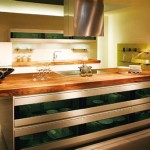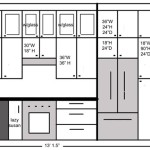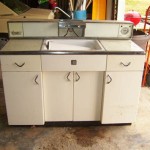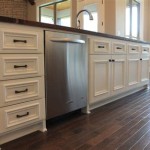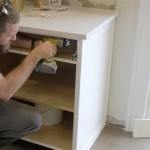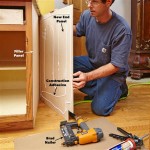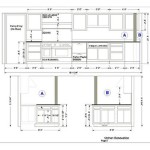Essential Aspects of Drying Under Kitchen Cabinets
Maintaining a dry environment under kitchen cabinets is crucial for preventing water damage, mold growth, and other issues that can compromise the integrity of your kitchen. By understanding the key aspects involved in drying under kitchen cabinets, you can effectively address any moisture problems and ensure a clean and healthy kitchen environment.
1. Identify the Source of Moisture
Pinpointing the source of moisture is essential to address the problem effectively. Common causes include leaky pipes, faucets, or appliances, improper ventilation, condensation, or spills. Once the source is identified, you can take appropriate measures to eliminate it.
2. Improve Ventilation
Adequate ventilation is vital for drying under kitchen cabinets and preventing moisture buildup. Install a range hood or exhaust fan to vent steam and fumes during cooking. Open windows or use a fan to increase air circulation, especially after spills or leaks.
3. Use Dehumidifiers or Fans
Dehumidifiers remove excess moisture from the air, while fans promote air circulation. Placing a small dehumidifier or fan under kitchen cabinets can accelerate the drying process and prevent moisture from lingering.
4. Check for Leaks or Damage
Thoroughly inspect pipes, faucets, and appliances for any leaks or damage. Fix any leaks promptly to prevent further moisture accumulation. Also, check for any cracks or gaps in cabinets or countertops that may allow moisture to seep in.
5. Clean and Disinfect
After addressing the source of moisture, thoroughly clean and disinfect the affected area. Use a bleach solution or a commercial disinfectant to kill any mold or bacteria that may have developed. Allow the area to dry completely before replacing items.
6. Use Moisture-Resistant Materials
If repeated moisture problems occur, consider using moisture-resistant materials for under-cabinet areas. Waterproof sealants, mold-resistant paint, or plastic liners can provide an extra layer of protection against moisture.
7. Regular Monitoring
Regularly monitor under kitchen cabinets for any signs of moisture or mold growth. Check for dampness, discoloration, or a musty odor. Address any issues promptly to prevent further damage.
By focusing on these essential aspects, you can effectively dry under kitchen cabinets, prevent moisture-related problems, and maintain a healthy and hygienic kitchen environment.

How To Dry Out Kitchen Cabinets Homeowner Insurance Claims

How To Dry Out Kitchen Cabinets Homeowner Insurance Claims

Kitchen Design Get The Dish Rack Off Counter Victoria Elizabeth Barnes

Classic Dripdry Pull Down Racks The Drip Dry

Drying Racks Above Sink Inside Kitchen Cabinet Cabinets Interior

Classic Dripdry Pull Down Racks Kitchen Cabinets Drying Rack Refacing

Kitchen Design Get The Dish Rack Off Counter Victoria Elizabeth Barnes

The Drip Dry Cabinet Dish Rack

Wet And Dry Kitchen Design Ideas To Inspire You Iproperty Com My

20 Kitchen Storage Ideas Extra Space
Related Posts

